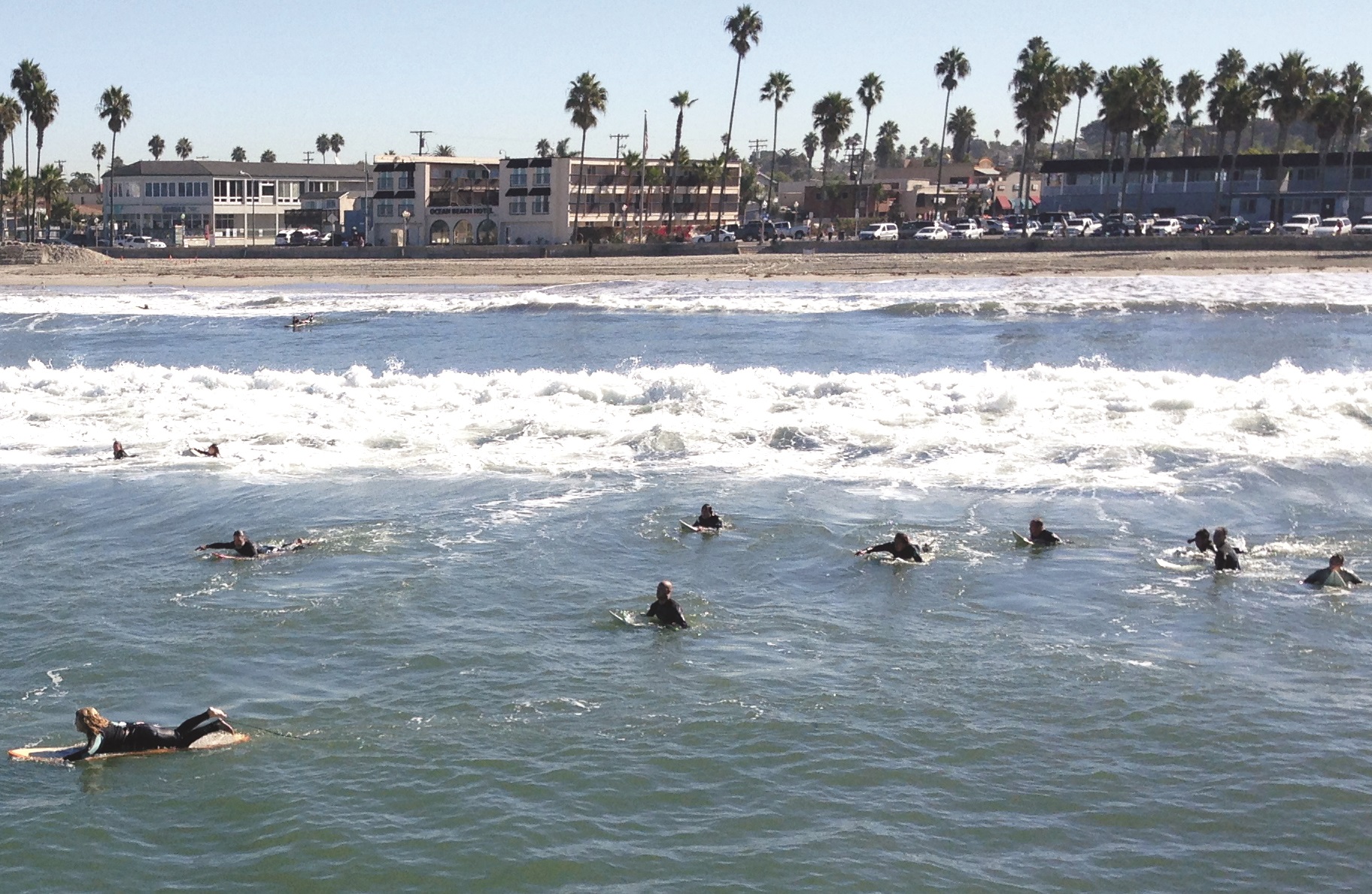Accuracy of QMRA health risk modeling approach validated with epidemiology data

SCCWRP and its partners have shown that a health risk modeling approach known as Quantitative Microbial Risk Assessment (QMRA) can be used to accurately estimate illness rates for beachgoers who come into contact with waterborne microbial contamination.
The three-year study, published in June, independently validated the accuracy of QMRA’s predictive abilities by utilizing empirical epidemiology data collected from San Diego-area surfers during the SCCWRP-led Surfer Health Study.
QMRA was offered up by the U.S. Environmental Protection Agency in 2012 as a management approach for revising bacterial objectives at certain California beaches where the fecal indicator bacteria are determined to be coming from predominantly non-human sources. Under this site-specific approach, higher bacterial levels can be deemed allowable because non-human sources of microbial contamination are far less likely than human sources to make beachgoers sick.
The QMRA validation study involved surveying San Diego-area surfers to collect epidemiological data on illness symptoms, and simultaneously analyzing the microbial water quality of two popular San Diego surfing beaches in the 72-hour period following rainfalls.
During rainfall events, pathogens wash off the land and into the coastal zone, elevating the risk of water-contact illness for surfers and other swimmers.
The epidemiology analysis determined that the average illness rate for beachgoers who enter the water is 12 excess gastrointestinal illness cases per 1,000 exposures, while the QMRA predicted that the average illness rate is 15 excess cases per 1,000.
These two illness rates are considered to be in close agreement, indicating QMRA’s potential to serve as an accurate, cost-effective health risk modeling method for other beaches. Epidemiology studies, by contrast, are comparatively costly and time-consuming to conduct.
Already, San Diego’s beach water-quality management community has begun considering how to use the QMRA modeling approach to set alternative numeric targets for fecal indicator bacteria at the region’s beaches. This change could, in turn, affect the management requirements codified in wet-weather beach bacteria TMDLs (Total Maximum Daily Loads) at six San Diego-area beaches.
SCCWRP and its partners have been working closely with San Diego stakeholders, helping to resolve numerous remaining technical issues and facilitating a cost-benefit analysis.
The full QMRA study has been published in the journal Water Research. The Surfer Health Study has been published in the American Journal of Epidemiology. For more information, contact Ken Schiff.
More news related to: Microbial Risk Assessment, Microbial Source Tracking, Microbial Water Quality, Top News